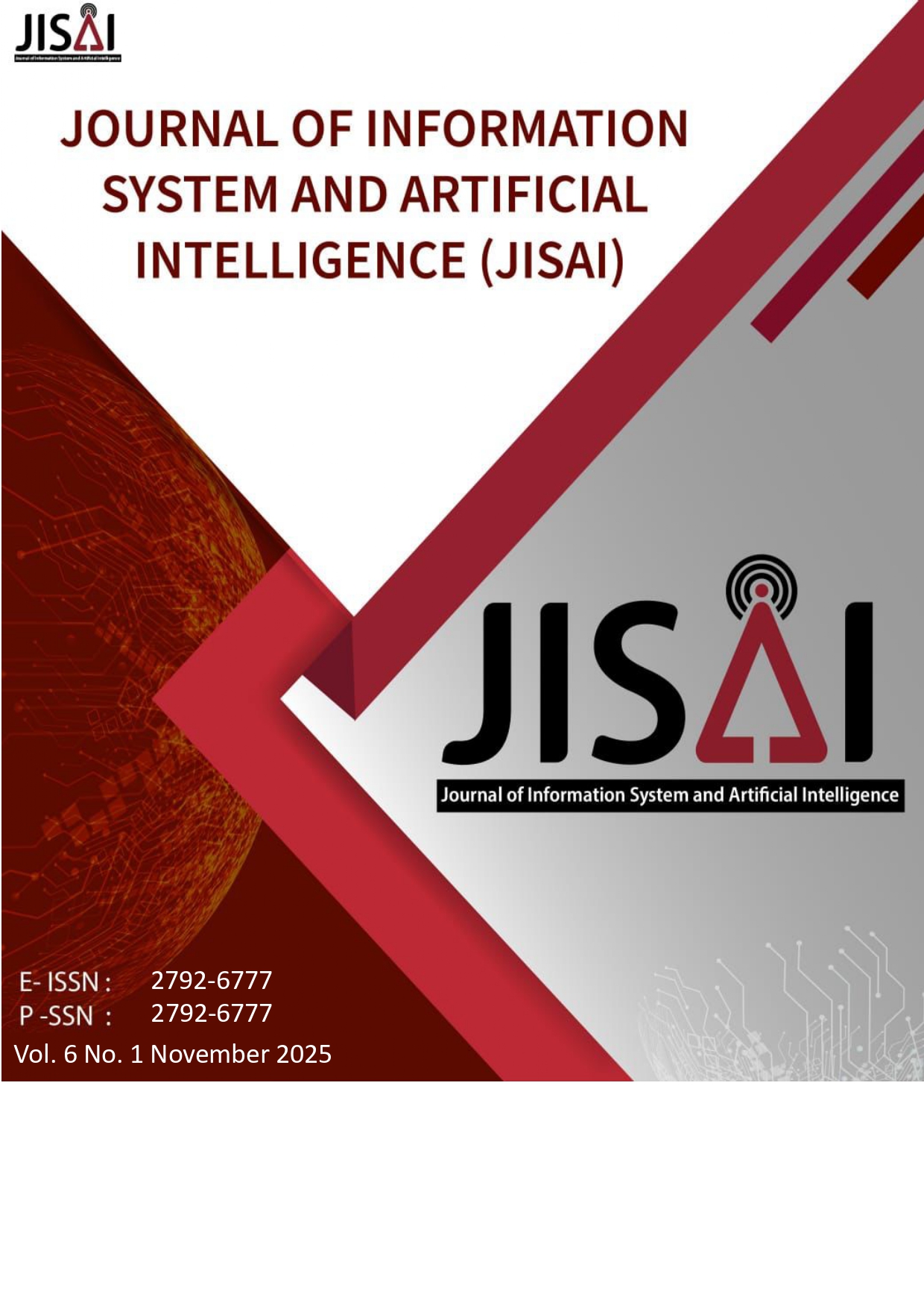Usability evaluation of the state junior high school 40 palembang website using the system usability scale (SUS)
Main Article Content
Abstract
The increasing reliance on digital platforms in education highlights the importance of website usability for supporting academic and administrative activities. This study evaluates the usability of the State Junior High School 40 Palembang website using the System Usability Scale (SUS), a widely adopted and reliable method for measuring user experience. Data were collected from 50 respondents representing students, teachers, and administrative staff through observations, documentation, and an online SUS questionnaire. The overall SUS score achieved was 75.6, which places the website in the Good usability category. Further analysis revealed differences among user groups: administrative staff rated the system as Excellent (82.5), teachers as Good but close to Excellent (78.0), and students as Good but with the lowest score (72.5). These variations indicate that user familiarity, task type, and device context strongly influence usability perception. Benchmark comparisons confirmed that while the website surpasses the global average threshold, improvements are required to elevate it to the Excellent level consistently across all groups. Key areas for enhancement include navigation consistency, user guidance, and mobile responsiveness. Addressing these aspects will ensure broader user satisfaction, higher efficiency, and alignment with best practices in educational website usability.
Article Details
References
[2] J. Rubin and D. Chisnell, Handbook of Usability Testing: How to Plan, Design, and Conduct Effective Tests, 2nd ed. Indianapolis, IN, USA: Wiley, 2008.
[3] B. Laugwitz, T. Held, and M. Schrepp, “Construction and evaluation of a user experience questionnaire,” in Proc. USAB 2008, Berlin, Germany: Springer, 2008, pp. 63–76.
[4] C. Wharton, J. Rieman, C. Lewis, and P. Polson, “The cognitive walkthrough method: A practitioner’s guide,” in Usability Inspection Methods, J. Nielsen and R. L. Mack, Eds. New York, NY, USA: Wiley, 1994, pp. 105–140.
[5] J. Brooke, “SUS: A ‘Quick and Dirty’ Usability Scale,” in Usability Evaluation in Industry, P. W. Jordan, B. Thomas, B. A. Weerdmeester, and I. L. McClelland, Eds. London, UK: Taylor & Francis, 1996, pp. 189–194.
[6] E. R. Subhiyakto, M. R. Pratiwi, and S. A. Hapsari, "Evaluation and redesign the website interface using the Usability Scale System and design thinking method (Case Study: Gianyar Regency Communication and Information Service)," J-Icon J. Komput. Informatika, vol. 11, no. 2, pp. 271–278, Nov. 2023.
[7] A. Hadiapurwa, L. Yulifar, H. Nugraha, and N. K. Syafitri, "Assessment of the Museum Pendidikan Nasional website with System Usability Scale (SUS)," in Proc. 7th Int. Conf. Learning Innovation Quality Educ. (ICLIQE 2023), Atlantis Press, 2024, pp. 361–375.
[8] N. Noviantika, S. Syahrullah, R. Laila, N. Lapatta, and W. Wirdayanti, "Usability Analysis of the Student Service Information System at the Faculty of Engineering Tadulako University using Heuristic Evaluation and the System Usability Scale (SUS)," CCIT J., vol. 18, no. 1, pp. 66–79, Nov. 2024.
[9] F. Olivia and A. Ibrahim, “Evaluating User Experience and Usability of the USEPT Website Using User Experience Questionnaire and System Usability Scale Method,” J. Inf. Syst. Informatics, vol. 6, no. 4, pp. 2632–2648, Dec. 2024, doi: 10.51519/journalisi.v6i4.910.
[10] Y. Jumaryadi and D. Mahdiana, "Usability Testing of Budi Luhur University E-Learning System Using System Usability Scale," Jutif J. Tek. Informatika, vol. 3, no. 4, 2022, doi: 10.20884/1.jutif.2022.3.4.275.
[11] M. A. Lukman, E. D. Wardani, and A. S. Wardani, "Usability Evaluation of the SiCanTiK Website at SMKN 3 Kota Kediri Using the System Usability Scale and USE Questionnaire," J. Comput. Netw. Archit. High Perform. Comput., vol. 7, no. 3, pp. 208–220, 2024, doi: 10.47709/cnahpc.v7i3.6315.
[12] N. Rahayu, "UX Analysis on E-Learning Application Using SUS (System Usability Scale) Method," J. Komput. Jurnal, vol. 3, no. 2, pp. 49–54, 2025, doi: 10.70963/jk.v3i2.105.
[13] J. R. Lewis and J. Sauro, “Can I Leave This One Out? The Effect of Dropping an Item From the SUS.,” J. Usability Stud., vol. 13, no. 1, 2017.

